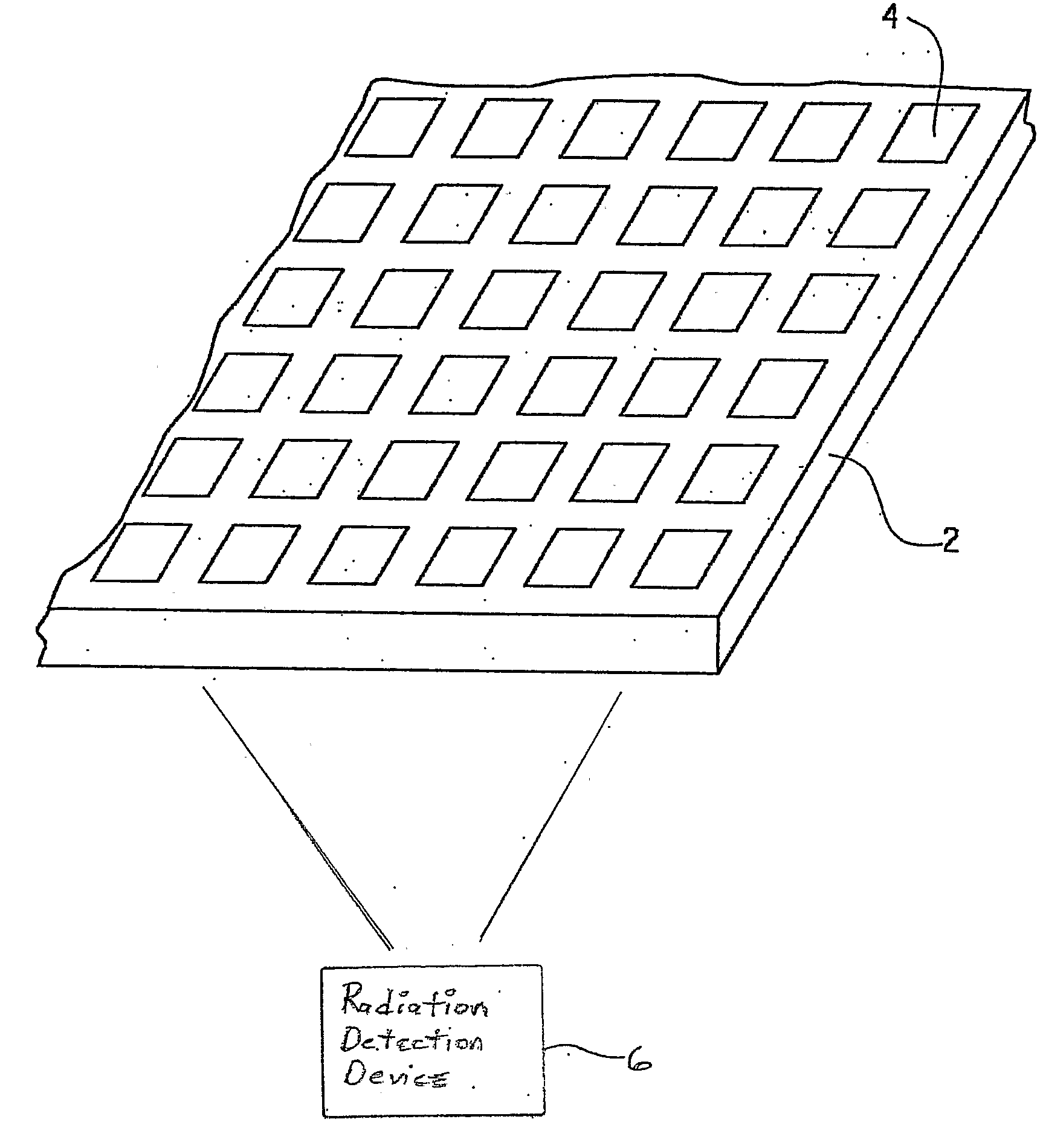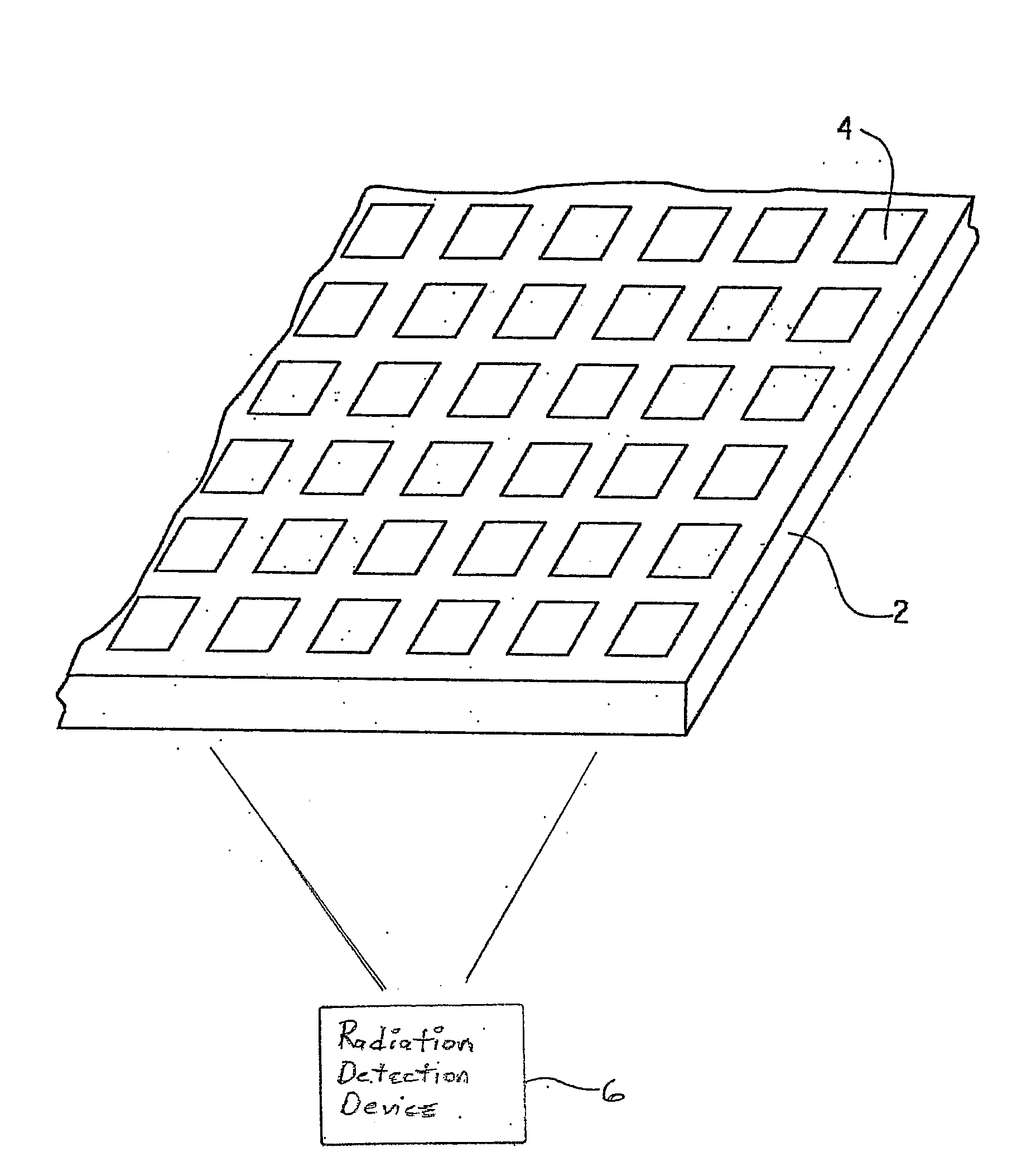Radiation detector crystal and method of formation thereof
a technology of detector crystals and detectors, applied in the field of radiation detector crystals, can solve the problems that the doped inp is not the best for x-ray and gamma ray radiation detection
- Summary
- Abstract
- Description
- Claims
- Application Information
AI Technical Summary
Problems solved by technology
Method used
Image
Examples
Embodiment Construction
[0015]The present invention is a novel and non-obvious semi-insulating low-defect crystal for X-ray and gamma-ray radiation detector applications and a method for forming said crystal. The invention will be described in connection with semi-insulating CdxZn1-xTe (0≦x≦1) for radiation detector applications, where the 0≦x≦1 concentration or mole fraction range encompasses CdZnTe with any Zn percentage including ZnTe (x=0) and CdTe (x=1).
[0016]In accordance with the present invention, specific combination(s) of impurity atoms in specific quantities are introduced into CdxZn1-xTe (0≦x≦1) in a controlled way to reliably produce extrinsic (i.e., doped) CdxZn1-xTe (0≦x≦1) having high resistivity (semi-insulating) and excellent carrier transport properties. Specifically, two or more different impurities (dopants) are deliberately incorporated to the crystals during the crystal growth process to obtain CdxZn1-xTe (0≦x≦1) with the desired resistivity and carrier transport properties.
[0017]Mor...
PUM
 Login to View More
Login to View More Abstract
Description
Claims
Application Information
 Login to View More
Login to View More - R&D
- Intellectual Property
- Life Sciences
- Materials
- Tech Scout
- Unparalleled Data Quality
- Higher Quality Content
- 60% Fewer Hallucinations
Browse by: Latest US Patents, China's latest patents, Technical Efficacy Thesaurus, Application Domain, Technology Topic, Popular Technical Reports.
© 2025 PatSnap. All rights reserved.Legal|Privacy policy|Modern Slavery Act Transparency Statement|Sitemap|About US| Contact US: help@patsnap.com


